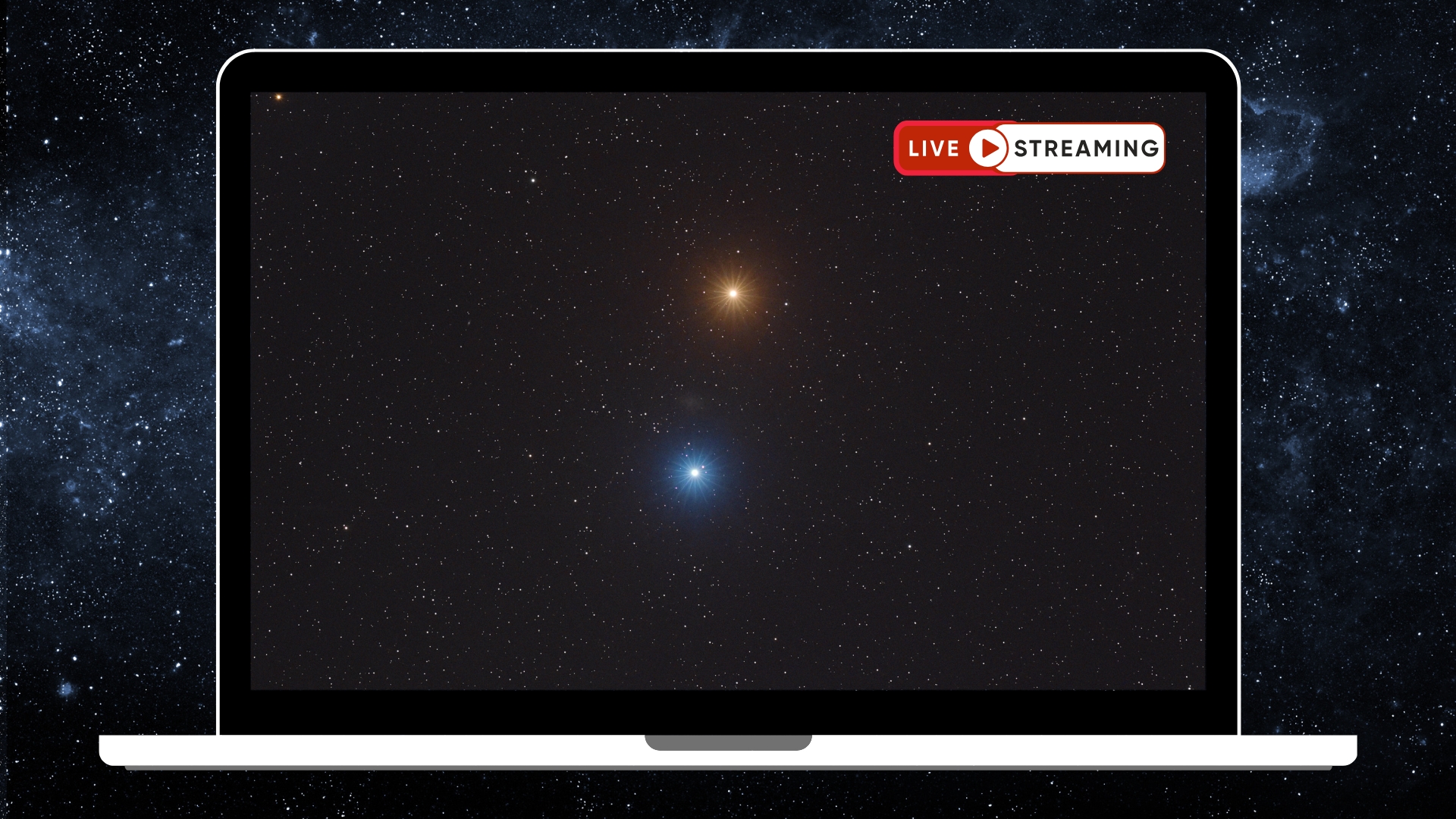A Giant Claw Will Grab Falling SpaceX Gear 'Like a Giant Catcher's Mitt'
Update for Feb. 22: SpaceX's Falcon 9 mission to launch the Paz satellite has successfully lifted off. The payload fairing attempt, however, was unsuccessful. See our full story here: SpaceX Launches 1st Test Satellites for Starlink Internet Constellation Along with Spain's Paz
SpaceX is planning to use a giant net — one so immense that it takes up the majority of a high-speed watercraft named Mr. Steven — to catch reusable gear that falls back to Earth after missions to outer space.
If the huge net successfully catches the SpaceX gear, it could save the company about $5 million per launch, according to Space.com, a Live Science sister site. [6 Ways Entrepreneur Elon Musk Is Changing the World]
"It's like a giant catcher's mitt, in boat form," SpaceX CEO Elon Musk told reporters after the Falcon Heavy launch on Feb. 6, Space.com reported.
In particular, the giant net is designed to catch the payload fairings, also known as the nose-cone halves. During the Feb. 6 mission, the payload fairings held the now-famous midnight-cherry Tesla Roadster and its driver, a mannequin known as Starman.
SpaceX has saved one of its payload fairings before: In March 2017, the company launched a previously used Falcon 9 rocket to carry a payload — a communications satellite designed to provide TV, internet and other services to people in Latin America. After that launch, the payload fairings used an onboard thruster system and a parachute to safely land in the Atlantic Ocean, Space.com reported.
However, the new net aboard Mr. Steven will make will make it easier for the payload fairing to be retrieved, according to TechCrunch.
Breaking space news, the latest updates on rocket launches, skywatching events and more!
According to SeaTran, the company that owns Mr. Steven, the vessel is 205 feet (62 meters) long, can travel up to 32 knots (36.8 mph, or about 59 km/h) and has a deck measuring 136 feet by 27 feet (41 by 8 m). It's not clear why the 2015 watercraft is named Mr. Steven (SeaTran didn't immediately respond to a request for comment), but other vessels in the company's fleet have similar names, including Lady Eve, Mr. Mason, Miss Claire and, amusingly, Greater Scott.
Mr. Steven is currently by Catalina Island, southwest of Los Angeles, according to MarineTraffic, a maritime site that tracks vessels around the world. You can see more images of it on Reddit.
The next SpaceX Falcon 9 mission is scheduled for Wednesday (Feb. 21). The payload fairing from that mission will have geotagged parachutes that will guide it to the Pacific Ocean, where Mr. Steven will attempt to catch it, according to TechCrunch.
Original article on Live Science.
Join our Space Forums to keep talking space on the latest missions, night sky and more! And if you have a news tip, correction or comment, let us know at: community@space.com.

Laura is an editor at Live Science. She edits Life's Little Mysteries and reports on general science, including archaeology and animals. Her work has appeared in The New York Times, Scholastic, Popular Science and Spectrum, a site on autism research. She has won multiple awards from the Society of Professional Journalists and the Washington Newspaper Publishers Association for her reporting at a weekly newspaper near Seattle. Laura holds a bachelor's degree in English literature and psychology from Washington University in St. Louis and an advanced certificate in science writing from NYU.

